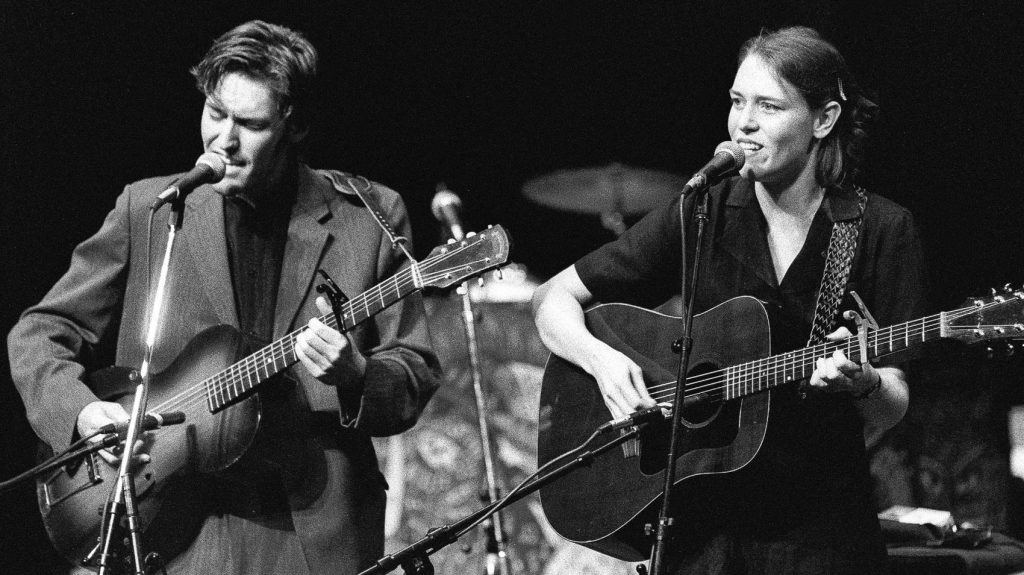
I tend to like my music the way I like my coffee: strong, hot, and pretty dark. Maybe that explains my love of the murder ballad.
Murder ballads as we know them are a part of an ancient European ballad tradition that predates both the printing press and standard musical notation. Colonial settlers brought the English versions of many these with them when they came to these shores. Preserved in the isolated hills and hollows of the southern Appalachians, they quickly became embedded in the American folk music tradition.
This is such a deeply rooted form in traditional music that the publication Sing Out! had a regular blog feature called Murder Ballad Monday at their website, which they described as “Reflections on the tougher side of old, weird America … (and the British Isles.)”
Murder Ballad Monday reflects on music and mortality. We explore the murder ballad tradition of folk and popular music, with a deliberately broad definition of the genre. We pursue conversation on the power of music to create meaning and beauty in response to the toughest of times.
Murder ballads share some common characteristics. They tend to claim to tell the tale of a true crime and its consequences, identify both victim and killer, describe the motive and how the deed was done, and often end with the killer in prison or on the way to the gallows. And yes, these are almost always tales of women being victimized by scorned, jealous, or simply rapacious men. Sometimes they conclude with a morality lesson in which the listener is entreated not to go down the killer’s path.
Most, like Pretty Polly, relate the story through the eyes of the victim, though some from the perspective of her killer. Occasionally these examples are sympathetic to him, like Tom Dooley or Sam Hall. Others, like Banks of the Ohio, not so much:
I asked my love to take a walk
Just a walk a little way
And as we walk, oh, may we talk
All about our wedding dayOnly say that you’ll be mine
In our home we’ll happy be
Down beside where the waters flow
On the banks of the OhioI held a knife against her breast
As into my arms she pressed
She said Willie, don’t you murder me
I’m unprepared for eternityI took her by her lily white hand
And dragged her down that bank of sand
There I throwed her in to drown
I watched her as she floated downWas walking home tween twelve and one
Thinkin’ of what I had done
I killed a girl, my love you see
Because she would not marry me
Seldom does the woman get the last word in these stories. A notable exception is the modern murder ballad Caleb Meyer, written by Gillian Welch and appearing on her 1998 album Hell Among the Yearlings. In a long Murder Ballad Monday post about the song at Sing Out!, Ken Bigger writes:
Some people call “Caleb Meyer” a murder ballad. We will too. I’ve also seen people call it a “manslaughter ballad,” perhaps because they are overly persnickety about legal definitions. I’ve been there. As a species of murder ballad, though, I’m inclined to call “Caleb Meyer” a “survivor’s ballad.”
In short, it’s a murder ballad with a twist in which the victim not only survives, but gets the best of her would be assailant, and does so in a very satisfying and true-to-the-genre way. It’s one of my favorite songs.
You can watch Welch and her musical partner David Rawlings perform it live in the video below.